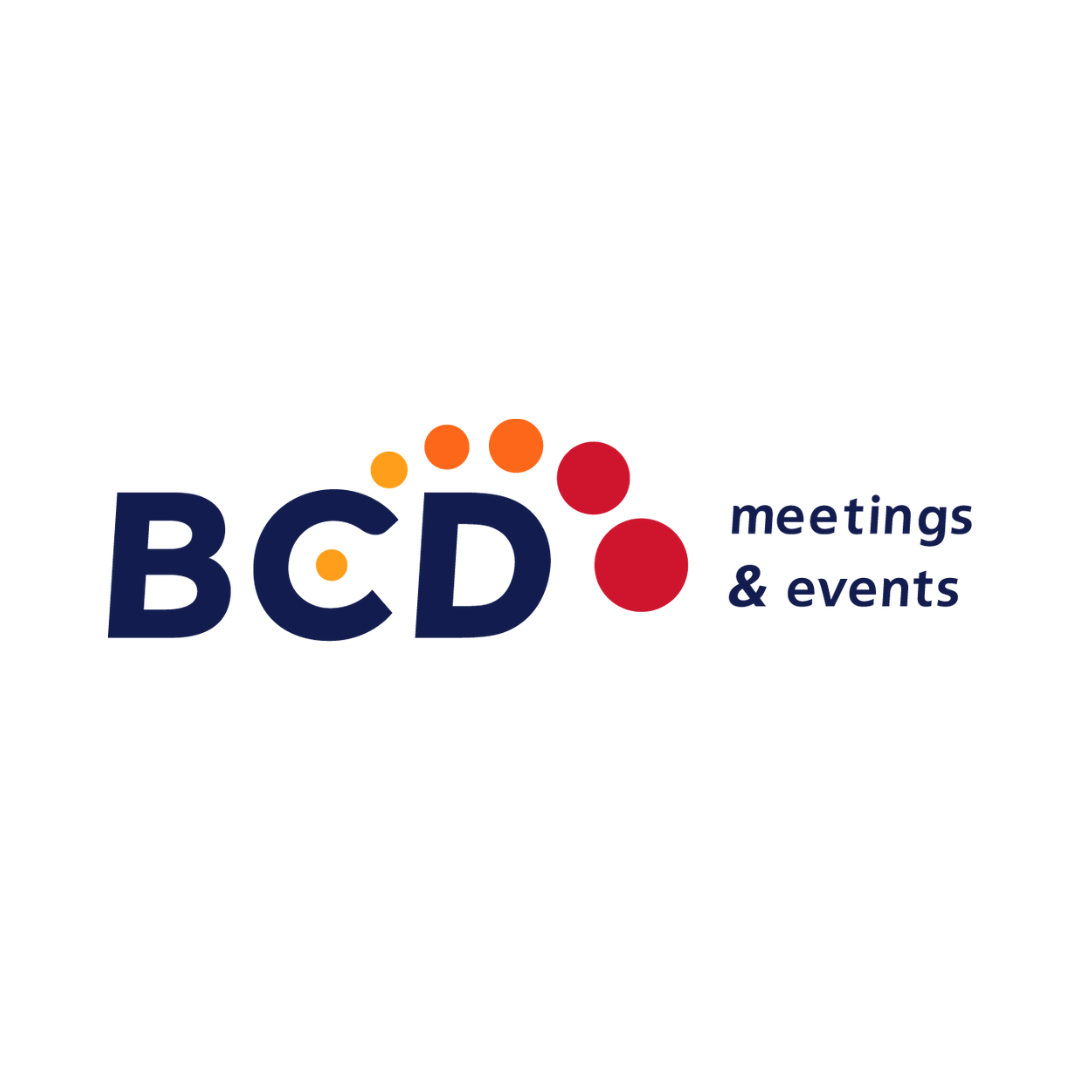Virtual meetings aren’t just live events being streamed to remote audiences – they are a unique experience specifically designed to allow remote presenters to effectively deliver their messages to virtual attendees. As many organizations look to virtual meetings, there are a lot of questions about what platforms are available and the technology needed for different types of virtual meetings. We recently sat down with Evan Thompson, Director of Live Events for North America, and asked him a few questions on the topic.
Explained by Evan: Virtual meetings, technology and best practices
Q: What is the best technology platform to stream virtual meetings?
Evan: There are a wide variety of virtual meeting platforms, but I wouldn’t consider any of them to be “one size fits all.” At BCD M&E, we consider ourselves agnostic when it comes to virtual meeting platforms because it truly depends on what will work best for a particular program. We most frequently use Zoom, Microsoft Teams and WebEx. Depending on the exact needs and specifications of the event (such as translations, live polling or Q&A), we help customers determine which platform may best fit their needs.
Often, our clients will determine what platform is used based on their existing relationships and what technology attendees are likely most comfortable using, guidance from their IT departments and security requirements.
Q: What technology do presenters need for virtual meetings?
Evan: The most important thing that presenters need is a consistent and reliable internet connection (an ethernet cord isn’t a bad idea!). While fast internet is preferable, most virtual meeting or webcast platforms are able to work with download speeds as low as 15mps.
Next, presenters need to have good audio so that attendees can hear them clearly. Utilizing headphones (such as air pods), minimizing other noises in the presenter’s area and checking audio ahead of time to troubleshoot any potential issues are considered best practices.
Finally, you want to ensure that all presenters are well lit so that they can be seen clearly and look great on camera.
Q: Moving from a live event to a virtual one means losing much of the two-way interactions and in-person networking opportunities we rely on. What is the best platform for two-way interactions?
Evan: When it comes to virtual meetings (and live events, for that matter), it’s not the platform that makes it interactive – it’s the way you design and structure the event.
For virtual, having multiple hosts, MC’s and presenters helps to not only keep the show moving, but encourages interaction from multiple sites. Utilizing Q&A or live polling allows audience members to interact directly with the meeting, while spotlighting attendees can give special recognition to certain participants.
Providing plenty of networking events before, during and after the event will give attendees further opportunities to interact with each other, as well as presenters.
Q: What are some best practices for avoiding technology disruptions during a virtual event?
Evan: We consider flawless execution to be our minimum standard when it comes to meetings and events, and there are several ways to ensure that a meeting runs smoothly, without technological distractions.
Again, it’s crucial that all presenters have reliable and consistent internet access. We highly recommend that our clients utilize a studio, such as the one at our offices, where the internet connection is frequently tested and two lines of internet are used, providing redundancy. This is especially recommended for the meeting’s host – if a remote speaker has any issues with their home internet, the host is able to keep the show moving.
Thorough rehearsals are also recommended, for two reasons. It allows gives the presenter an opportunity to dial in, rehearse their remarks and trouble shoot any issues they may have so that they are solved before the meeting begins. Additionally, we record all of our rehearsals – so should an unforeseen technological or connectivity issue arise, we are able to play pre-recorded content, allowing attendees to view the presentation.
Originally published May 19, 2020 7:30:00 AM
Last updated on Apr 6, 2023 4:44:31 PM


